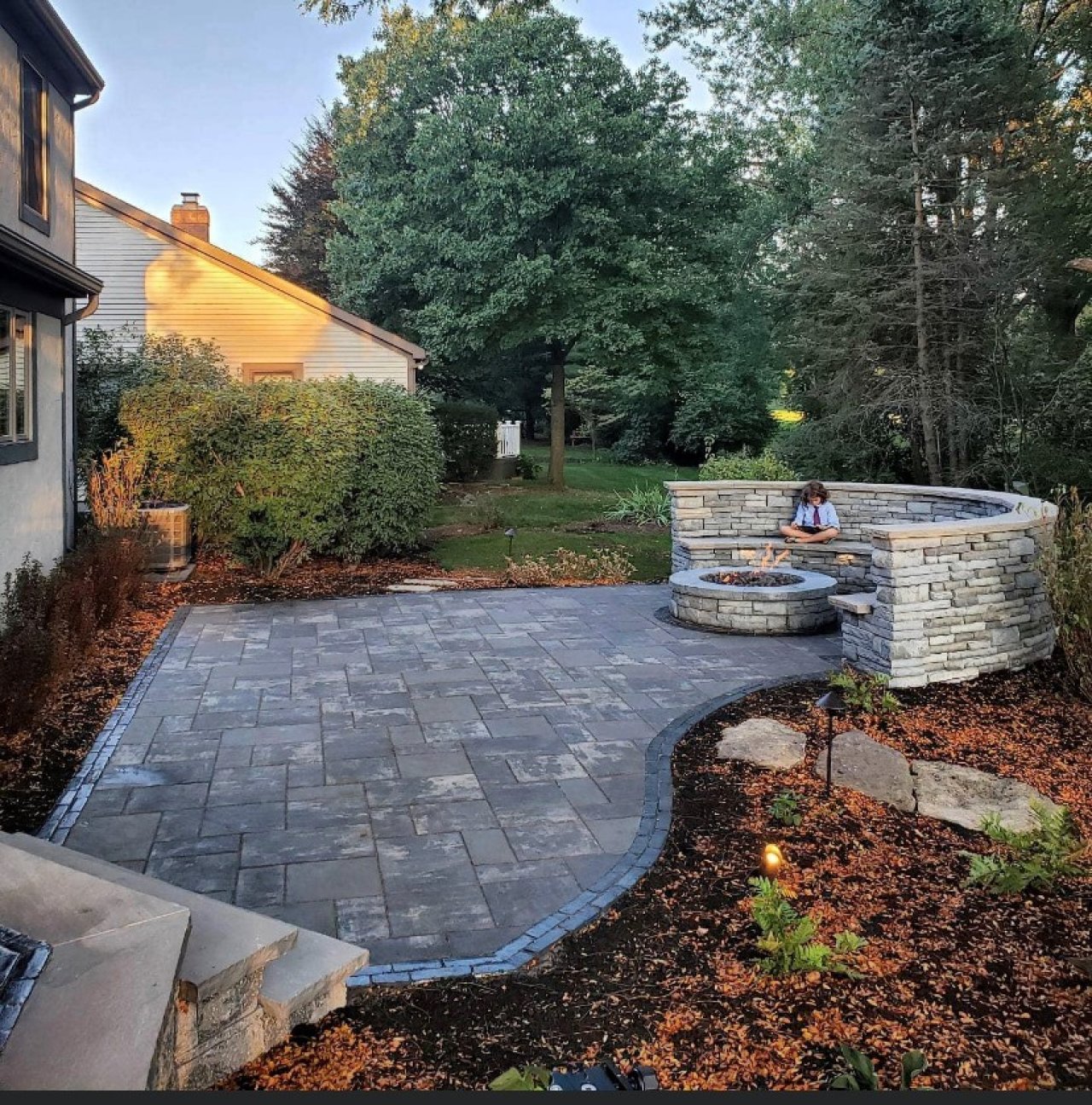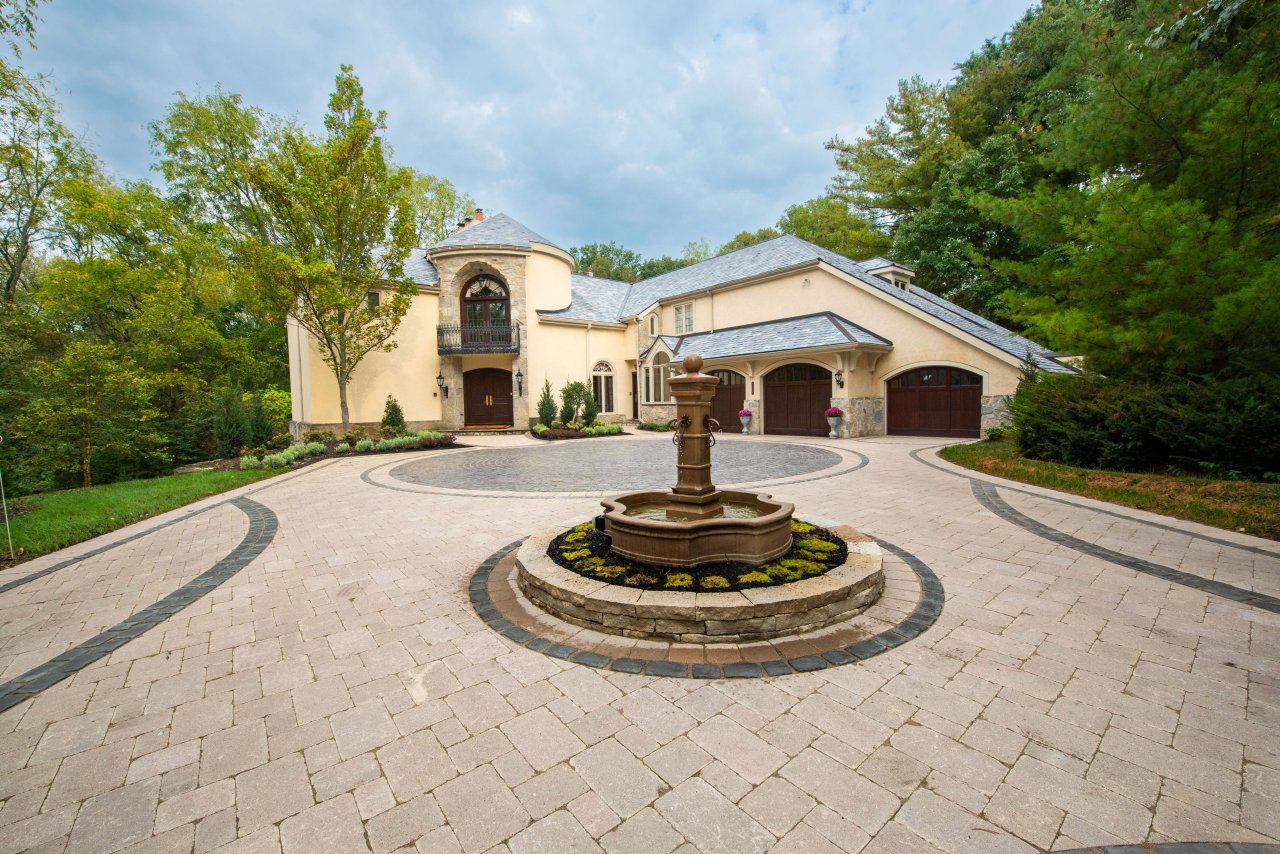
Built to Last

When you’re considering installing hardscaping around your property you want to know that it will last for years to come. Each project we complete is backed with an industry leading 10-year workmanship guarantee. Listed below are some practices that we use to ensure that your space will withstand the test of time.
It’s all about the base. The most crucial part of any patio, driveway or firepit is the part that you can’t see… the base. Standardly composed of gravel that acts as a support for both the soft soil below and the concrete pavers on top. Laying a good base foundation helps to:
Reduce settling and cracking – the soil beneath your hardscape surface is constantly moving and shifting. Laying a stone base helps absorb this movement reducing the effects of settling that naturally occurs.
Promote good drainage- if pavers are laid on top of soil, the ground will eventually flex, and the pavers will sink or crack. When a gravel base is laid first it allows water to flow directly through the cracks, slowing the movement before it gets absorbed by the soil underneath.
The industry standard for laying a base is 6 inches of gravel. At Landscapes by Terra, we apply a triaxle grid, on top of the soil to prevent settling, add 4 inches of medium sized gravel and compact, lastly one inch of finer gravel is put on top to smooth out the area. The mixture of gravel locks into one another creating a solid foundation to lay the pavers on top. Using the triaxle grid as the first layer supplies a firm base preventing flexing during freeze-thaw cycles which can help avoid cracks over time.
Know the type of soil you’re dealing with. Gaining a good understanding of what is below surface level can help decide what corrective action to take. For example, clay soil keeps more water than silty soil, meaning that the clay soil yard may need to have a thicker base laid to allow the soil to drain properly.
Select the right materials. From poured concrete to pavers the material you select makes a difference. We don’t settle for second best, all of our pavers come with a lifetime warranty.
Finish Strong. Once the pavers are laid, we fill in the cracks with polymetric sand. This step prevents weeds and other debris from showing up in between your pavers. The sand is applied dry, compacted, and then sprayed with water to harden. This type of sand will soften slightly when it gets wet allowing self-mending to occur. Lastly, pavers can always benefit from being sealed, however, there are a few circumstances where sealing is strongly recommended. Completing this last step helps to repel stains, reduce dust, resist abrasions, and support the overall appearance for years to come.







